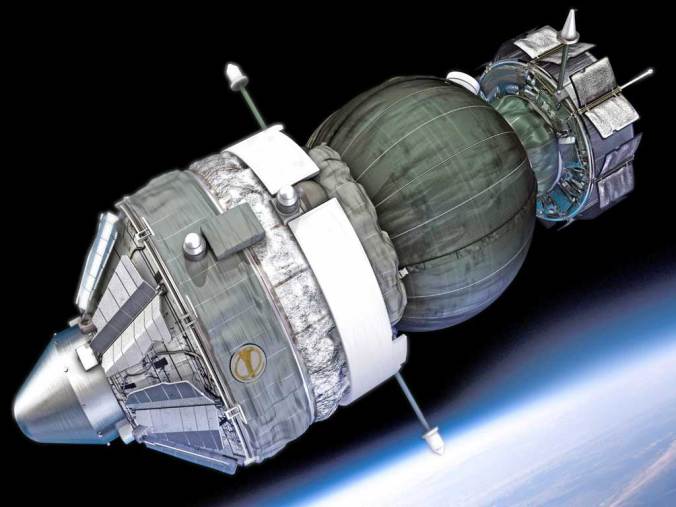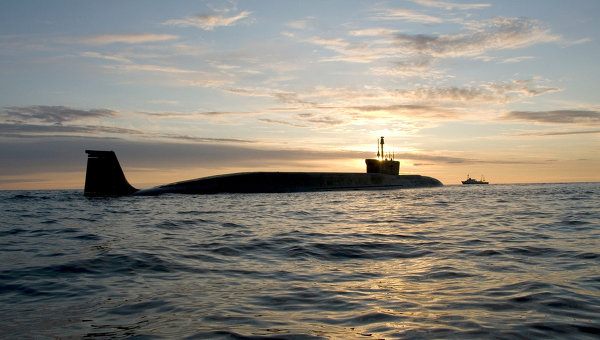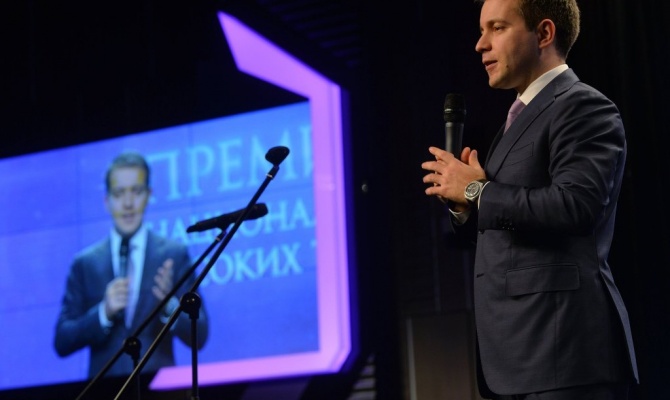The automotive giant is ready to begin working in Africa, Asia, and Latin America.
KAMAZ is responding to falling sales associated with the Ukrainian crisis by increasing its commercial contracts elsewhere. As announced by the automaker’s press service, KAMAZ is currently pursuing a number of opportunities to expand into markets further abroad.
According to KAMAZ CEO Rafael Gafeev, in spite of the troubling world economy, the Russian automaker, named by the Russian Ministry of Industry as the automotive industry’s best exporter for 2013, plans not just to fulfill its sales plan, but to surpass it.
According to the implementation plan, KAMAZ will export around 6,000 automobiles abroad. Rafael Gafeev notes that, as before, the main markets for sales will be CIS countries and other countries nearby, such as Kazakhstan, with whom KAMAZ has traditionally had a stable trading partnership. KAMAZ soon hopes to work with African, Asian, and Latin American countries as well.
Day: July 25, 2014
Russian Foton-M Can Operate Autonomously
The reception of telemetry data from the Foton-M, a research spacecraft carrying life in space, even after connection with the biosatellite was lost proves that it can operate autonomously for a long time, Roscosmos, Russia’s Federal Space Agency, said in a statement Thursday.
“We process and analyze the telemetry information we receive from the spacecraft [Foton-M] about its systems functioning. The results of analysis show that all support systems of the satellite are operating in a proper way,” the statement on agency’s website reads.
The agency specified that the design and onboard control systems of the Foton-M enable its self-sufficient operation.
The Foton-M was launched on July 19 from the Baikonur Cosmodrome on a mission to study the effect of weightlessness on plants and insects, and to conduct experiments on the growth of semiconductor crystals.
Borei and Yasen Submarines Enter Service Ahead of Russian Navy Day
Two Russian submarines are entering service just in time for the Russian Navy Day, which falls on July 27 this year: a Yasen-class nuclear attack submarine Severodvinsk and a Borei-class ballistic missile submarine Alexander Nevsky.
Construction of the Severodvinsk began in 1993, but its completion was significantly delayed because of limited funding as a result of economic problems Russia faced in the 1990s. The submarine was finally launched in 2010.
The submarine, whose rivals are the US Navy’s Seawolf-class and Virginia-class submarines, is equipped with the Russian equivalent of the US Tomahawk missile, which can carry a nuclear warhead and has a firing range of up to 3,000 kilometers (1,800 miles).
Russia to produce communications satellites on its territory
Russia should produce all communications satellites on domestic soil to support the country’s satellite fleet and reduce its dependence on foreign components, Communications Minister Nikolai Nikiforov said on Thursday.
“It is obvious that we won’t be able to ensure guaranteed development of our civilian satellite grouping, if we continue to depend on foreign partners,” Nikiforov said.
Russia’s dependence on foreign manufacturers is very high as import components make up 80-90% in Russian payloads and 30-40% in spacecraft platforms, the communications minister said.
The time limits for space vehicle production and warranties for satellites’ reliable operation are major problems confronted by the Russian industry, the minister said.



